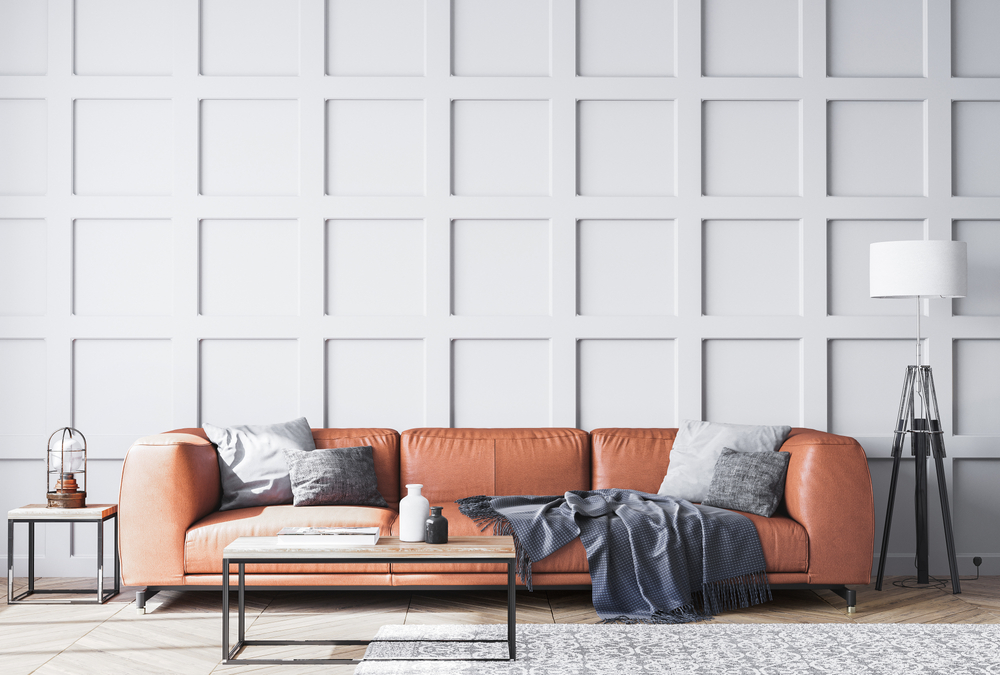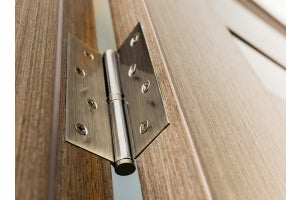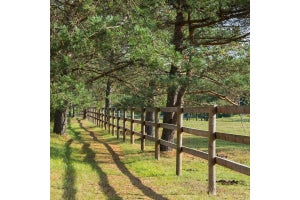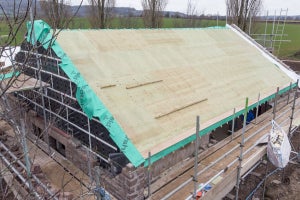Is Wall Panelling Coming Back as a Trend?

Wall panelling, sometimes known as wall moulding, is a well known decorative wall feature. Dating back centuries and often associated with period properties, wall panelling is making a huge comeback.
This decorative feature also works exceptionally well in contemporary homes. It's extremely affordable and very easy to do yourself. In this article, we take a look at the new up-and-coming trend.
Where Can You Use Panelling in the Home?
The good news is that DIY panelling can be used in any room of your home. It is not just for walls either. From creating a panelled headboard behind the bed to decorative door panels, this new trend can be seen everywhere. Panelling can be used to create a feature wall or decorative borders along the hallway or stairway. A quick internet or Instagram search (using the hashtags #wallpanelling and #wallpanellingideassearch) will yield lots of great ideas for inspiration, and with so many different types of mouldings available, it really is easy to create some stunning designs for your home.
Why Should I Use Wall Panels?
Adding wall panels automatically creates warmth, depth, character and interest to a wall or door. It's also incredibly easy to add 3D textures and is a great alternative to wallpapering. The three dimensional effects from the panels look expensive yet are actually relatively cheap to create. Unlike wallpapers, wall panels never go out of fashion, adding instant depth to small spaces. They can instantly transform doors, making them appear detailed and more expensive than they were to start with.
How Do I Create Wall Panels?
Surprisingly, homeowners only need a few items to create DIY panels, which include a spirit level, adhesive, mouldings (or wooden battens), interior paint, and depending on the design, you might need MDF sheets. These items are fairly cheap, meaning you can completely transform an area on a budget.
First of all, use a notebook to sketch out your ideas. Having a clear idea as to how your panel walls should look. This will ensure that you stick to the plan and that your idea will fit the area in question. When ready, you will need to measure how many MDF boards you will need. We currently stock 2440 x 1220 x 12mm MDF Sheets. Our standard MDF wood is great for interior use, as it's easy to use and is ideal when achieving a decorative finish.
It is important to take your time when measuring to ensure accuracy. Always double check your measurements to ensure a good fit, as walls can often be uneven.
The next stage is to cut the panels. MDF is very easy to cut yourself. Sand any edges or ends if needed and always wear a good quality mask when cutting or sanding MDF.
Next, it's time to work on the walls. If your walls are slightly uneven, sandpaper should be sufficient enough to smooth away any small lumps or bumps. An electric sander may be required if the wall is very rough.
Once a smooth surface has been achieved, frames and base panels can now be added to the wall. Use a spirit level or a laser level to ensure the panel is straight. Once you are happy, apply adhesive to the back of the panels and apply it to the wall. Make sure the panels are pressed down firmly and then leave them to dry thoroughly. Wall panelling can also be fixed using nails/screws.
When the panels have been glued into place, if there are any gaps between the panel and the wall, use a decorators caulk or filler to fill in any gaps. Once dry, use sandpaper if needed.
Now it's time to paint!
There really is no other decorative trend that creates such an impact for such a low price.







